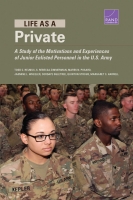By Rajeswari Pillai Rajagopalan
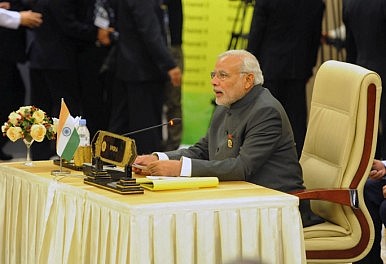 Last week, Indian Prime Minister Narendra Modi was on a three-nation visit to Southeast Asia – Indonesia, Malaysia, and Singapore – in an effort to give a fillip to India’s ‘Act East’ Policy. India’s Act East Policy acquired fresh momentum when Modi re-launched the original Look East Policy at the East Asia Summit in 2014. Most recently, the leaders of the ten Association of Southeast Asian Nations (ASEAN) countries were in India for the 69th Republic Day celebrations in January 2018, a reflection of the growing strategic convergence between India and Southeast Asia in ensuring a free, open, and transparent Indo-Pacific.
Last week, Indian Prime Minister Narendra Modi was on a three-nation visit to Southeast Asia – Indonesia, Malaysia, and Singapore – in an effort to give a fillip to India’s ‘Act East’ Policy. India’s Act East Policy acquired fresh momentum when Modi re-launched the original Look East Policy at the East Asia Summit in 2014. Most recently, the leaders of the ten Association of Southeast Asian Nations (ASEAN) countries were in India for the 69th Republic Day celebrations in January 2018, a reflection of the growing strategic convergence between India and Southeast Asia in ensuring a free, open, and transparent Indo-Pacific.
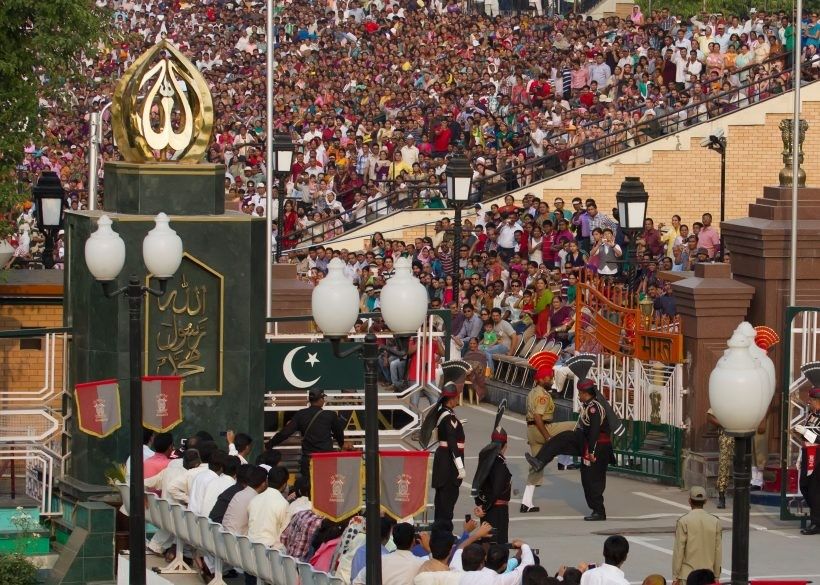







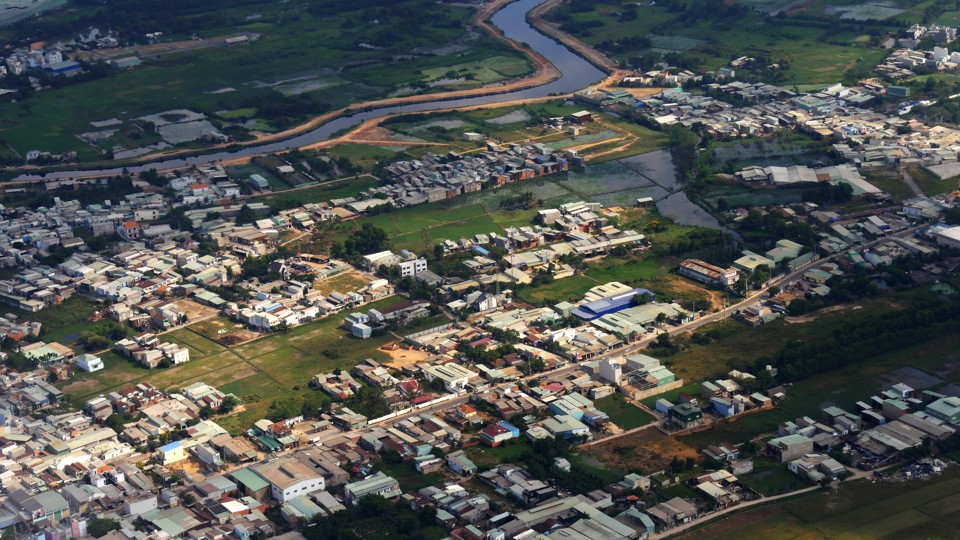


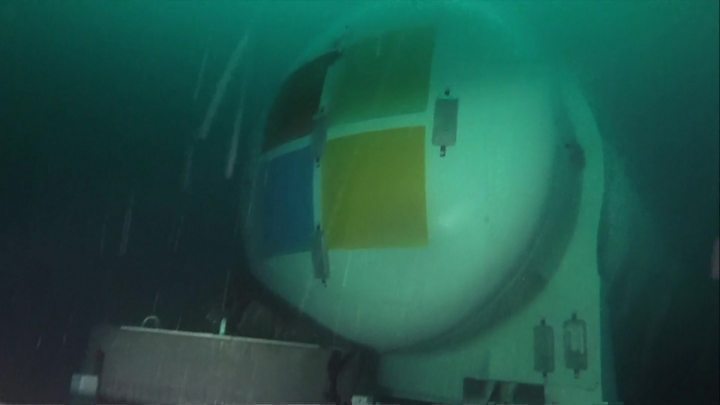
/arc-anglerfish-arc2-prod-mco.s3.amazonaws.com/public/3JMBMYR36NHTTEXZPKWKKFPDK4.jpg)

